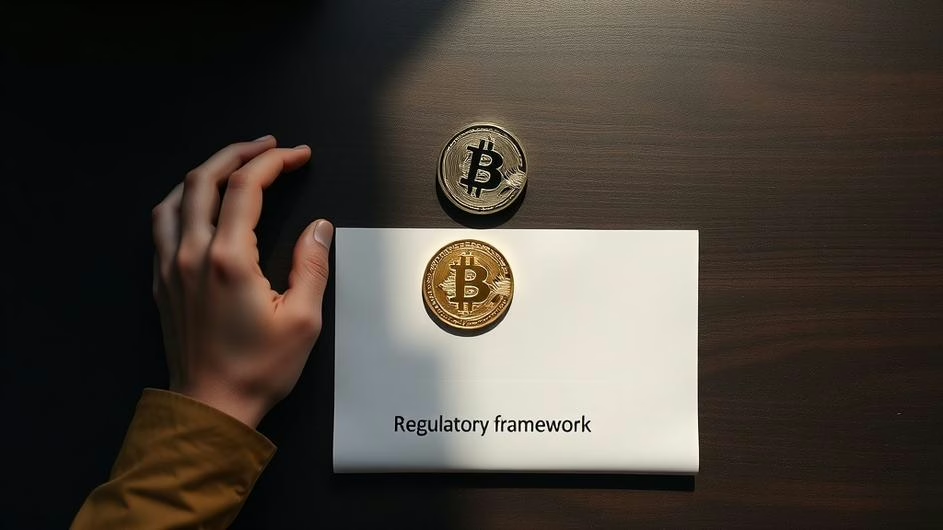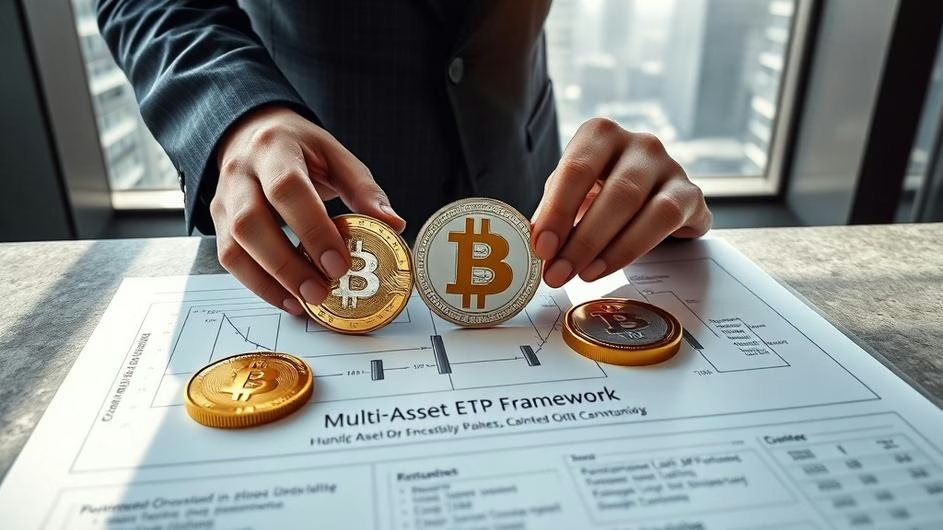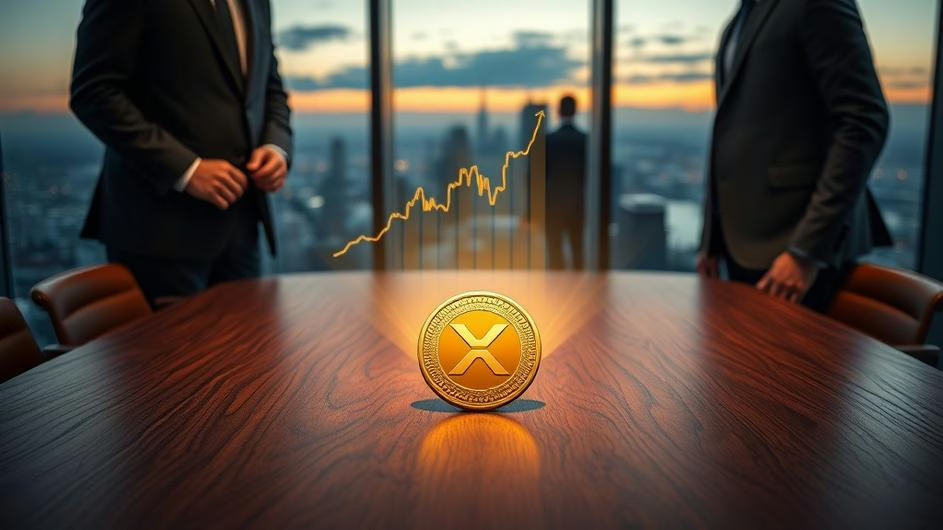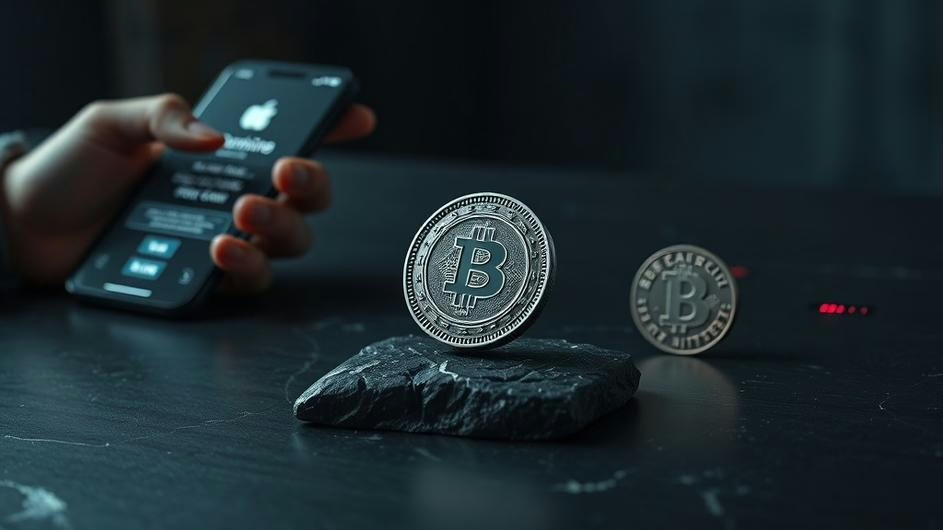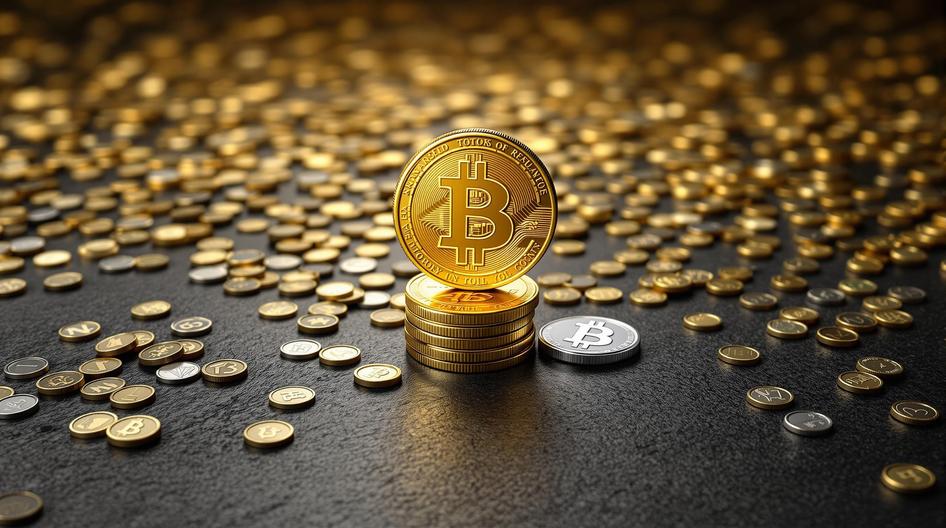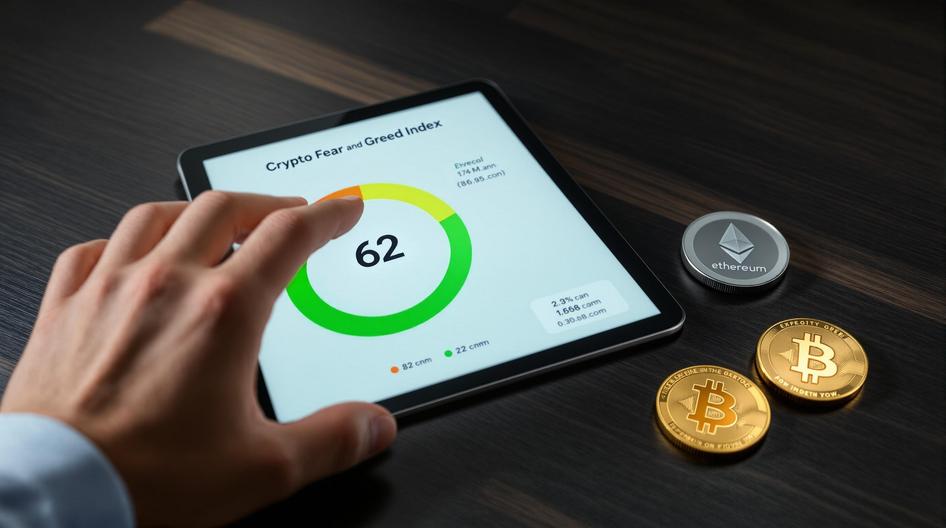
Navigating the Crossroads: Crypto’s Role in an Evolving Economic and Technological Landscape
What do strong consumer spending, the rise of electric vehicles, and political headlines have to do with the future of crypto? As we navigate 2025, it turns out they have everything to do with it. The crypto market doesn’t exist in a vacuum. It’s deeply connected to macroeconomic shifts, tech breakthroughs, and even societal challenges. For any seasoned investor, developer, or curious observer, understanding these connections is key to seeing where crypto and blockchain are headed.
Consumer Confidence and Its Ripple Effect on Crypto
Let’s start with the economy. Inflation has been a persistent headache, yet recent data shows people are still spending. The US Commerce Department reported that consumer spending jumped 0.6% in August, beating expectations even as inflation hovers just above the Fed’s 2% target.
So, what does this mean for your crypto portfolio? Simply put, investor confidence is a powerful market driver. When people feel secure enough to spend on goods and services despite rising prices, it signals a healthy appetite for risk. That confidence often spills over into assets like Bitcoin and Ethereum. It suggests that both retail and institutional investors aren’t completely retreating to the sidelines. For developers, this sustained interest means more potential users and capital flowing into DeFi, NFT, and Web3 projects.
Are EVs Paving the Road for Blockchain Adoption?
At the same time, we’re seeing incredible innovation in other tech sectors that offer a roadmap for blockchain. Take the electric vehicle revolution. Not long ago, “range anxiety” was a major barrier to EV adoption. Today, thanks to massive private investment, a robust network of fast chargers is making EV road trips not just possible, but surprisingly easy.
This transformation mirrors the challenges and potential of scaling blockchain technology. Building out reliable EV infrastructure isn’t so different from developers working on Ethereum’s Layer 2 solutions to reduce gas fees and improve transaction speeds. This parallel points to a future where blockchain is integrated into our physical world. Think about tokenized transportation solutions, where autonomous vehicles managed by smart contracts pay for their own charging with stablecoins. Or consider decentralized energy grids where users are rewarded with tokens for contributing sustainable energy. These aren’t just ideas anymore; they’re the next frontier of crypto’s utility.
Why Decentralization Matters More Than Ever
While technological progress is exciting, real-world events serve as a sobering reminder of why we need more resilient and trustworthy systems. The recent, harrowing attack on a Michigan church highlights the fragility of our societal structures. In times of crisis, trust and security become paramount.
This is where blockchain’s core promise shines. Beyond just finance, its potential for creating immutable records and decentralized identity systems could fundamentally enhance community resilience. For users, this could mean having full control over their own data. For society, it could lead to more transparent and secure infrastructures. It’s a powerful reminder that the push for decentralization is about more than just escaping TradFi; it’s about building a more secure and equitable world, a goal that sits at the heart of crypto’s tipping point.

The Ever-Present Shadow of Regulation
Of course, no conversation about crypto is complete without touching on regulation. The digital asset space is constantly navigating a complex web of legal and political pressures. High-profile events, like the indictment of former F.B.I. Director James Comey, underscore a climate of intense legal scrutiny that inevitably impacts the crypto industry.
For policymakers, the challenge is balancing innovation with consumer protection. Their decisions will shape everything from DeFi protocols to how tokenized assets are traded across borders. For investors and exchanges, this regulatory uncertainty remains a major hurdle. Every new piece of guidance from the SEC can send shockwaves through the market, influencing which projects receive funding and which institutions feel comfortable entering the space. A clear regulatory framework, especially for things like the crypto ETF revolution, is crucial for long-term stability and growth.
A New Web Built on Community and Collaboration
Finally, there’s a cultural shift happening that aligns perfectly with blockchain’s core ethos. Thoughtful commentaries are exploring a renewed search for awe and wonder, a desire for more meaningful and collaborative digital experiences. This sentiment is exactly what the decentralized web is all about.
Web3 invites us to move beyond being passive users of centralized services and become active participants and owners in the networks we use. This is the paradigm shift behind DAOs (Decentralized Autonomous Organizations) and community-governed protocols. It’s about creating digital interactions built on trust and shared ownership, redefining our relationship with technology. This cultural current is fueling Web3’s next wave, attracting a new generation of builders and creators who are drawn to its collaborative spirit.
Putting It All Together
So, where do all these converging forces leave us? The path forward for crypto is intertwined with global economic resilience, rapid technological innovation, and an evolving regulatory landscape. The key themes are clear: the rise of tokenized real-world assets, the critical need for decentralized security models, and the undeniable influence of broader market confidence.
For anyone invested in this space, whether you’re HODLing, building the next big DeFi protocol, or simply fascinated by the technology, staying attuned to these crosscurrents is essential. The future of blockchain isn’t just about code; it’s about context. Adaptability, vigilance, and a bit of foresight will be the most valuable assets of all.
Sources
- Consumer Spending Was Strong in August While Inflation Remained Elevated, CNN
- See How E.V. Road Trips Went From Impossible to Easy, The New York Times
- ‘Extreme Fear’: Witnesses Describe Scene at Michigan Church Engulfed by Fire, The New York Times
- The Indictment of James Comey, The New York Times
- A New Approach to Awe, The New York Times












